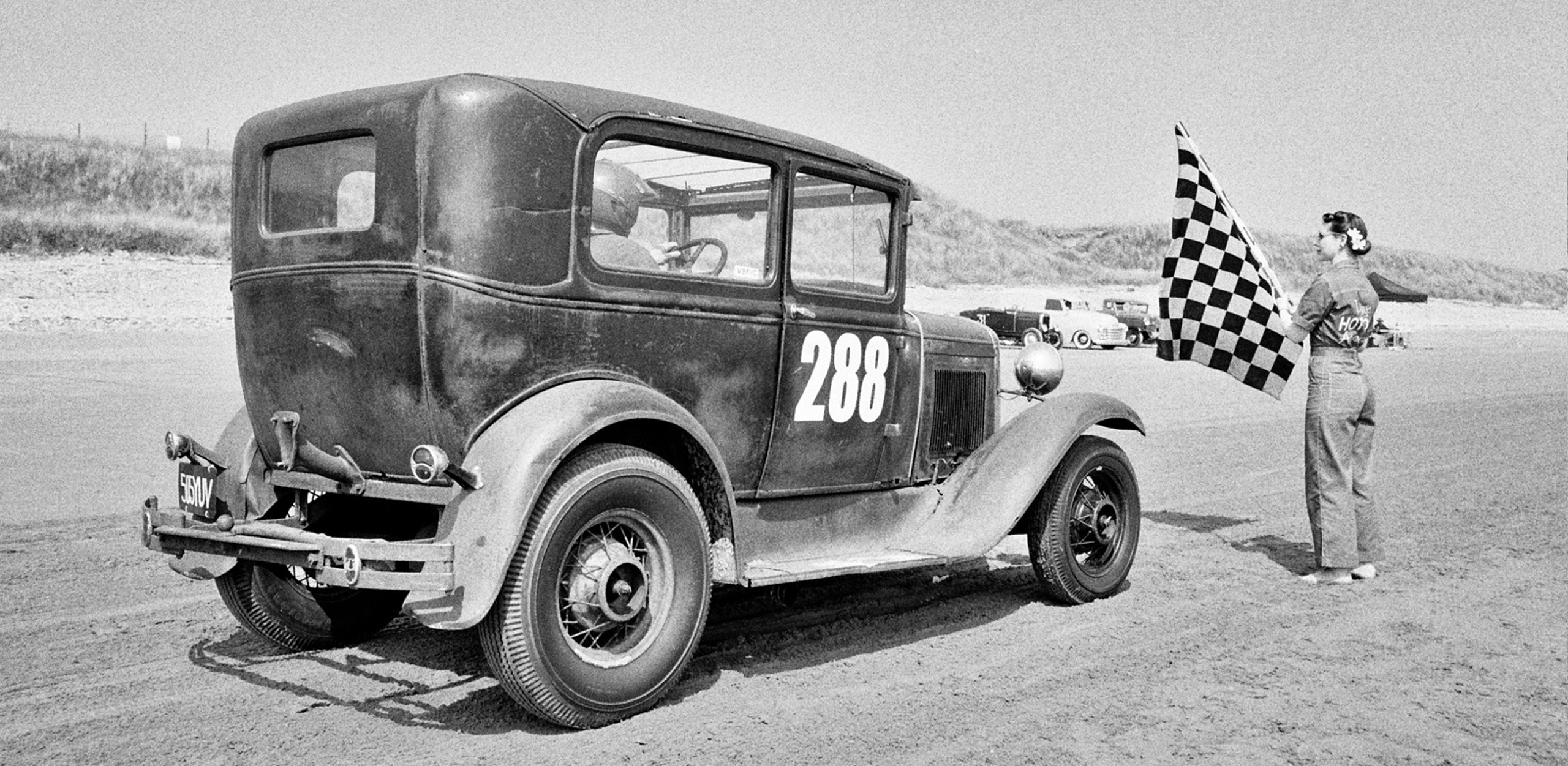
In the automotive world, it is not only about cars; this genre includes other cultural aspects such as fashion and photography. Among all these aspects, photography hits home the most because it captures some of the greatest moments that happen on racing tracks, or showcases the sleek lines and enticing bodies of sport cars.
German photographer Johannes Huwe developed an interest in photography in his teen years, when he got his first camera at the age of sixteen. Since then, Huwe has been photographing documentary style photography for the past decades. His work has been published in some big titles in the automotive and media industry, such as the Автопилот from Russia, Huffington Post from the U.S., GQ Magazine, LEICA, PETROLICIOUS, OCTANE and more.
Featured here are the photography from Huwe’s “Pendine Sands Racing” series which he shot with his analog Leica MP and Summicron 2.0/35 mm. The series documented the fourth two-day race put on by the Vintage Hot Rod Association, which took place on the beach at Pendine Sands in South Wales on June 4, 2016.
With his ongoing series “The Race of Gentlemen” which documents daredevil racing on the beach in Wildwood, New Jersey, Huwe shares his thoughts behind the composition of his photographs and how he finds his unique photographic style.
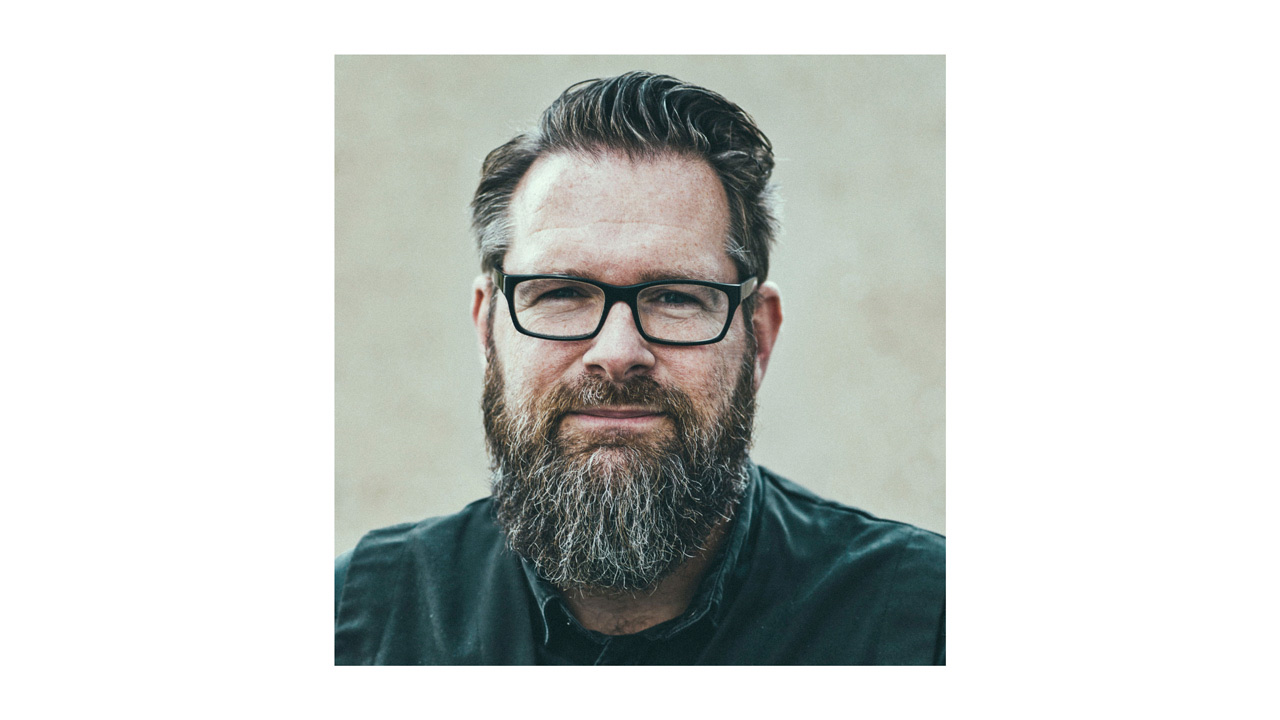
I took my first steps into the world of photography as a teenager. At the age of sixteen, I got my first single-lens reflex camera which I would often take out with me.
I began compiling serious photo projects around 12 years ago, partly combining them with elaborate trips around the globe – such as the Antarctic. Since then I have dedicated myself to the areas of automobiles and adventure, focusing on classic and not so well-known car events.
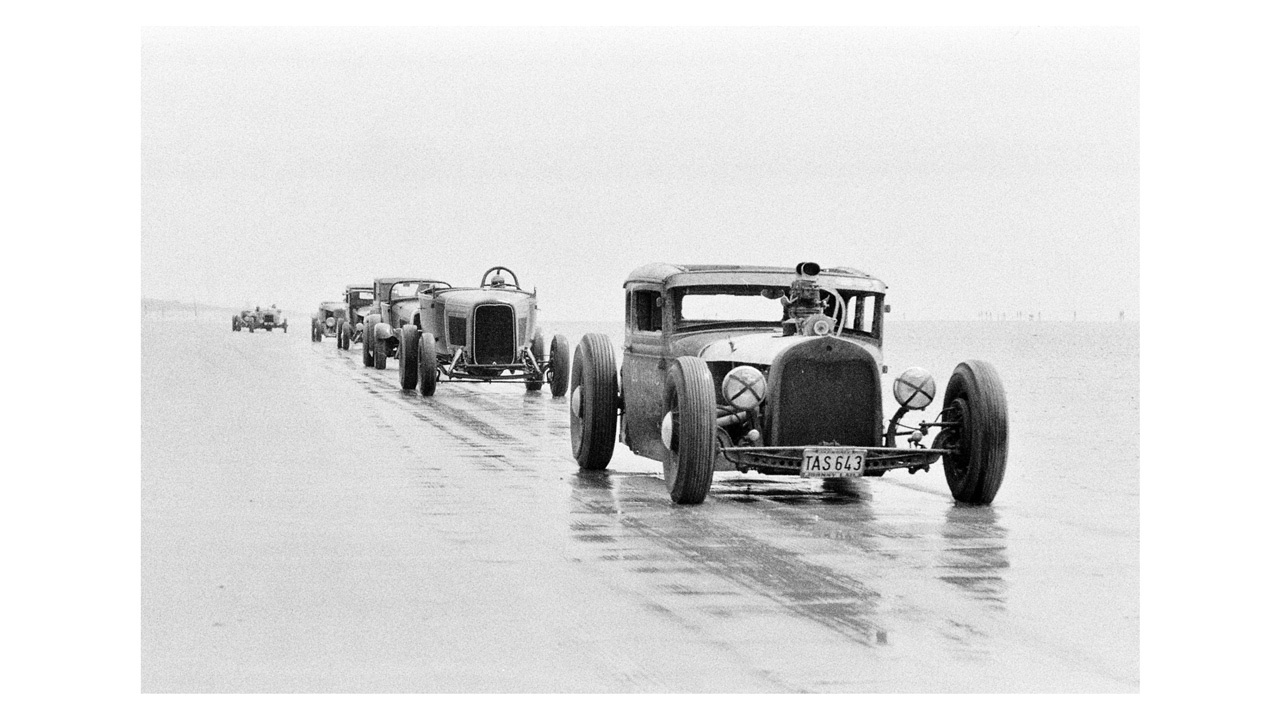
I follow the somewhat exotic “one camera – one lens” approach, i.e. I photograph using a LEICA M rangefinder camera and a 35mm fixed focal length as my only camera lens. That means no single-lens reflex camera and no zoom, which is typical for racing and car shows.
The majority of my photographs are still on analogue film, such as Kodak’s classic Tri-X black and white film.
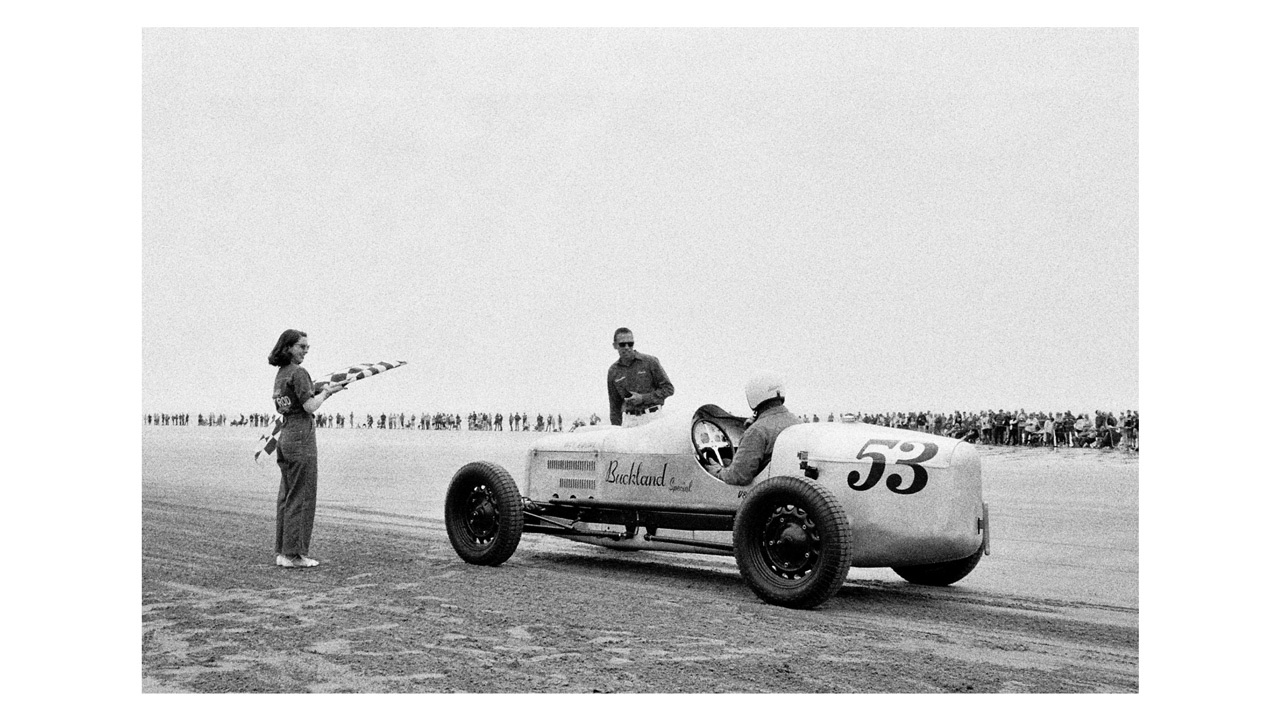
This links back to the previous question. The “one camera – one lens” approach says a lot about my type of photography. My pictures feature a documentary background which has been the 35 mm focal length for decades and the best choice for me.
A “quiet” fixed focal length is also used in the photographs and for me is an important style tool when creating a photo series.
This means that an analogue camera significantly slows things down and is different to a camera which takes 10 pictures a second; I have to consider exactly the image I want to have in the camera and the exact moment when I should take the photo. I also do not have fast control using a rear display, so the photographs require much prior planning. I believe that this results in better and more thoughtful pictures.
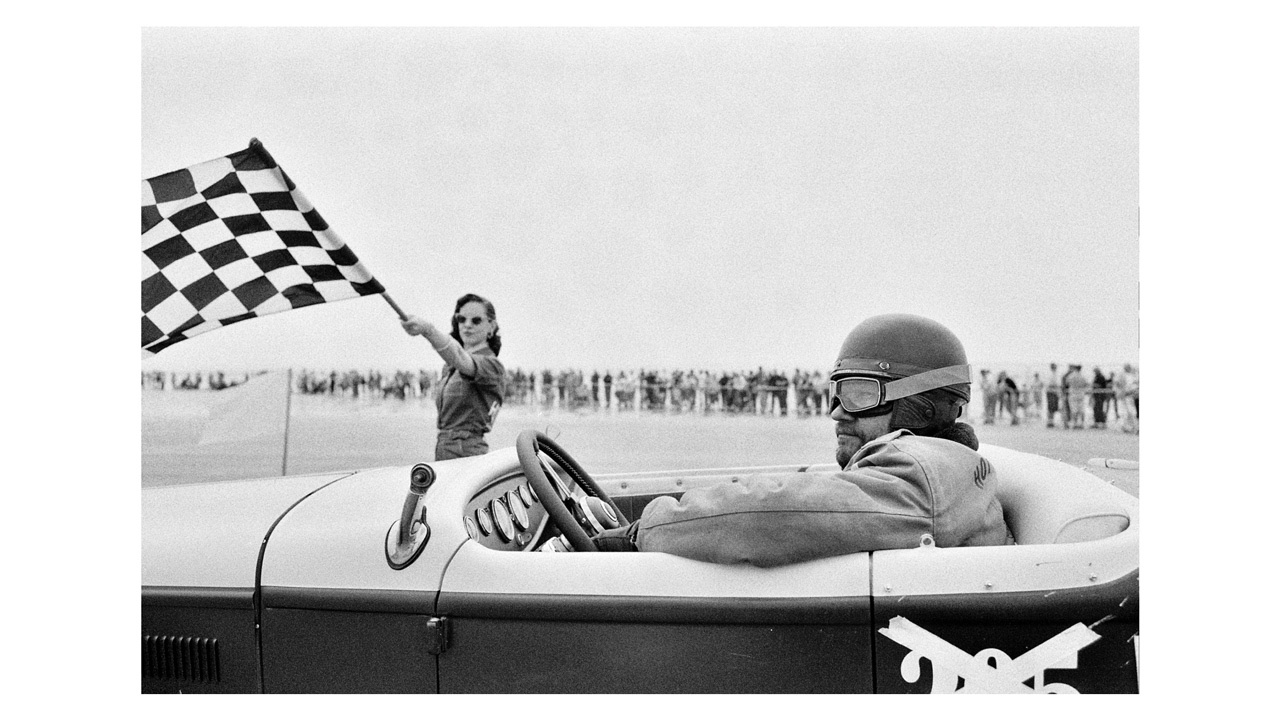
As I hope I have made clear in this interview, my photography style is very documentary-based. A wide variety of documentary subjects, including street photography for example, have developed my style.
I particularly enjoy the small, lesser-known racing events, such as the land speed race on the El Mirage Salt Lake in California.
For one weekend, the El Mirage transforms into a kind of illegal racing track. From the most basic “motor vehicle screwdrivers” to millionaires, people meet up at the start line in unbelievably hot temperatures in their self-built racing cars and fireproof suits. Victories are then celebrated right on the race track, often in simple caravans with BBQs and champagne. A really surreal atmosphere that I have captured in my other book, “World of Speed”.
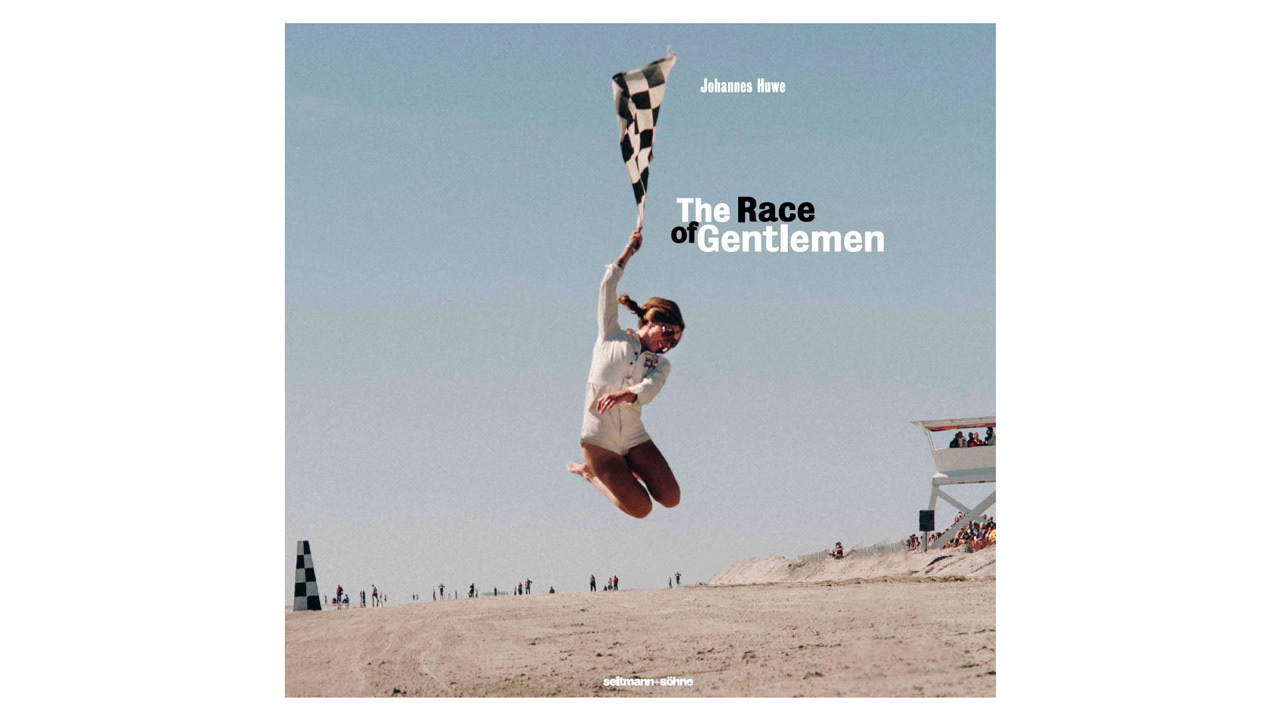
“The Race of Gentlemen” series was conceived on a beach in Wildwood, New Jersey. For the first time in several years, daredevil men and women meet up in their restored, classic, American pre-war cars such as the Ford Model A, or motorbikes built before 1947.
These classic racing cars must then sprint ⅛ of a mile along the beach, which is not always without difficulty due to their age, as happened to Jessie Combs, incidentally the fastest woman in the world, who ended up holding a loose steering wheel in her hands.
The “Flag Girl”, a barefooted blonde, wears a white Harley Davidson service overall which originally once had long trouser legs, and holds the chequered start flag in her hand. With its typical neon signs above the motels and restaurants from the 1950’s doo-wop era, Wildwood is the best possible place for such a meeting of classic racing cars and motorbikes.
In my book “The Race of Gentlemen” I have taken this atmosphere and journey through time, preserving it in a documentary fashion. I am really happy that the series has received recognition worldwide and is being published around the globe.
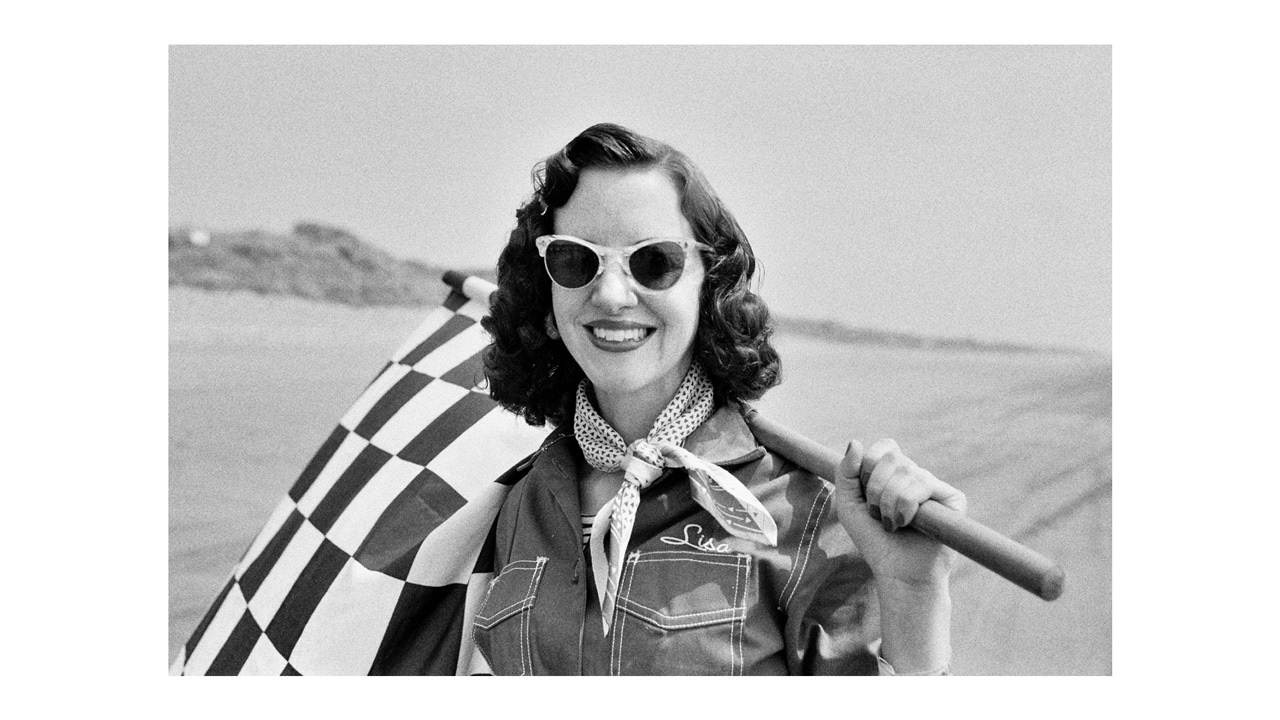
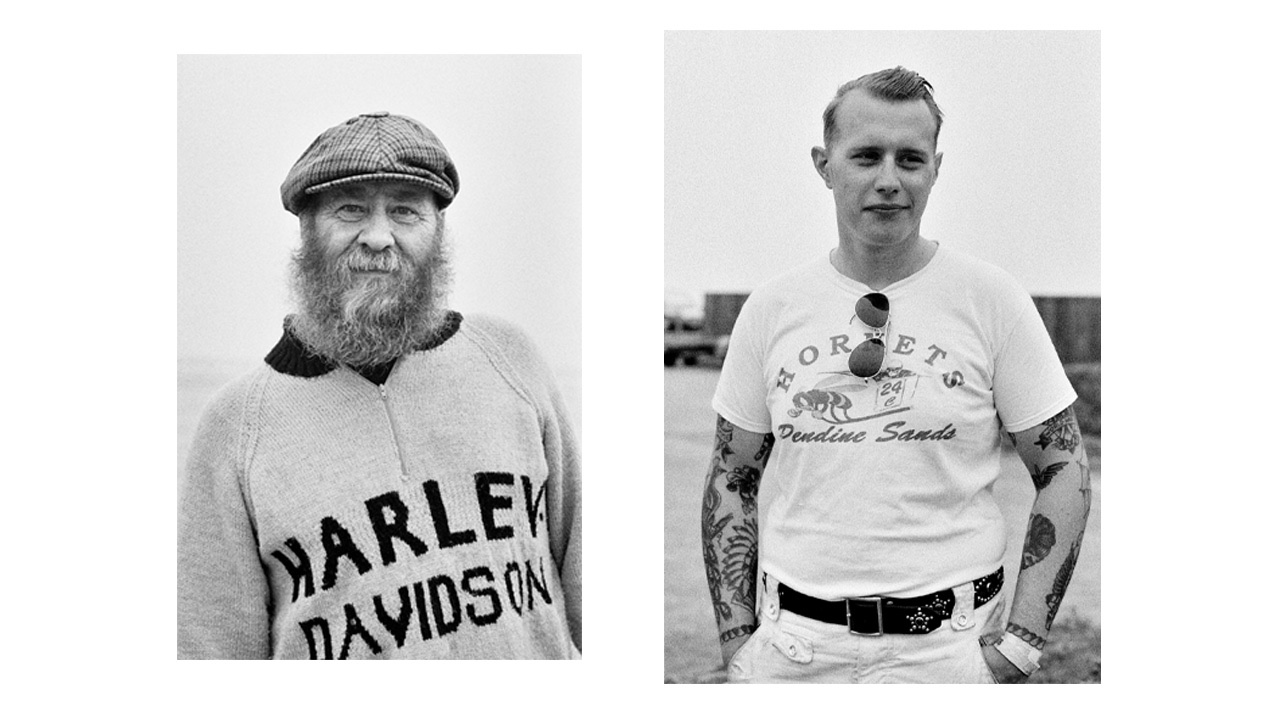
Throughout my photography career I have encountered a great number of photographers whom I have admired. They are not always well-known photographers. At any rate, I would have to mention Robert Frank, Alex Webb and Trent Parke from the documentary background and William Eggleston, Stephan Shore and Joel Sternfeld from the era of American “new color photography”.
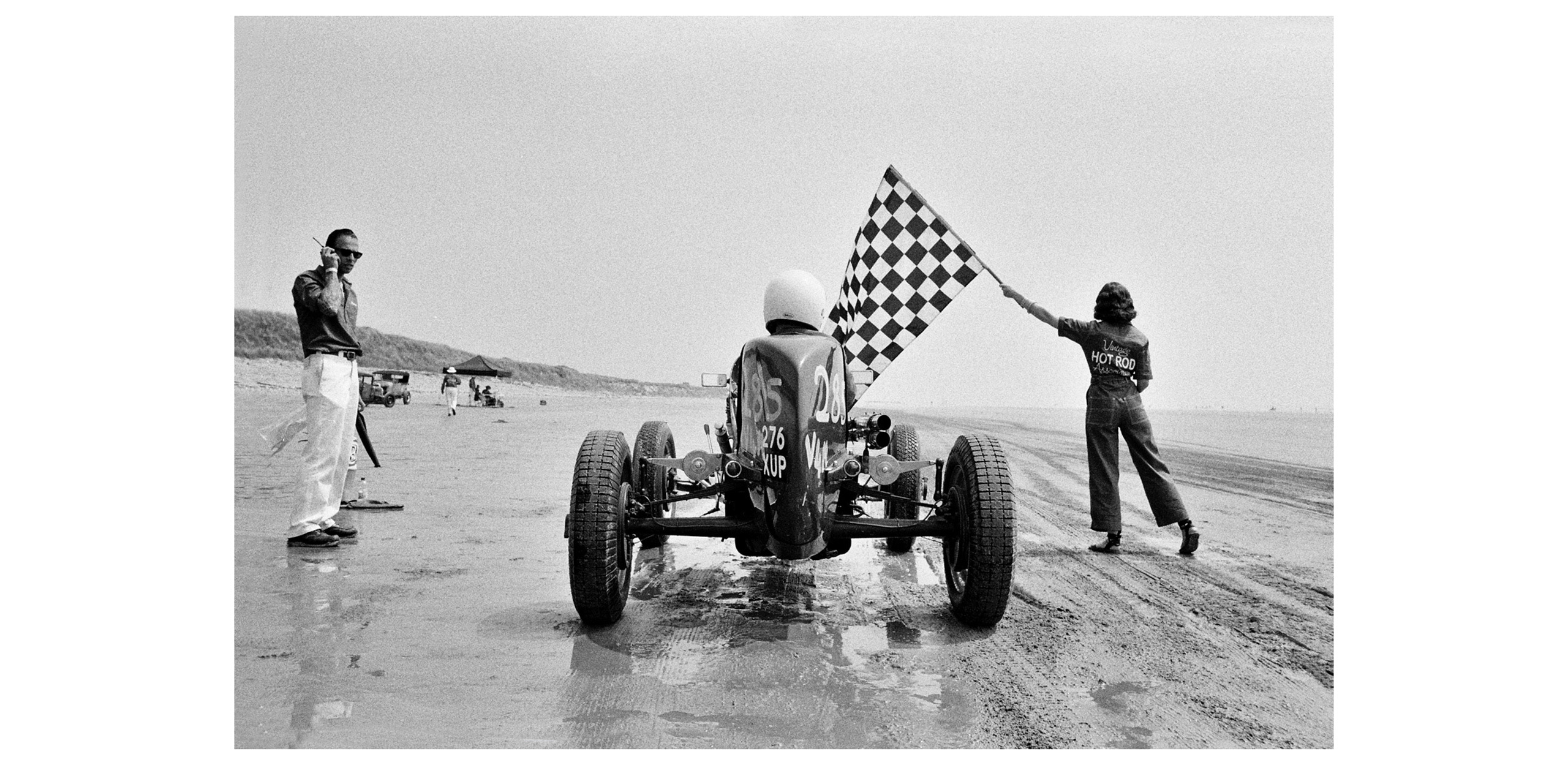
Check out Johannes Huwe’s official website for more of his work.